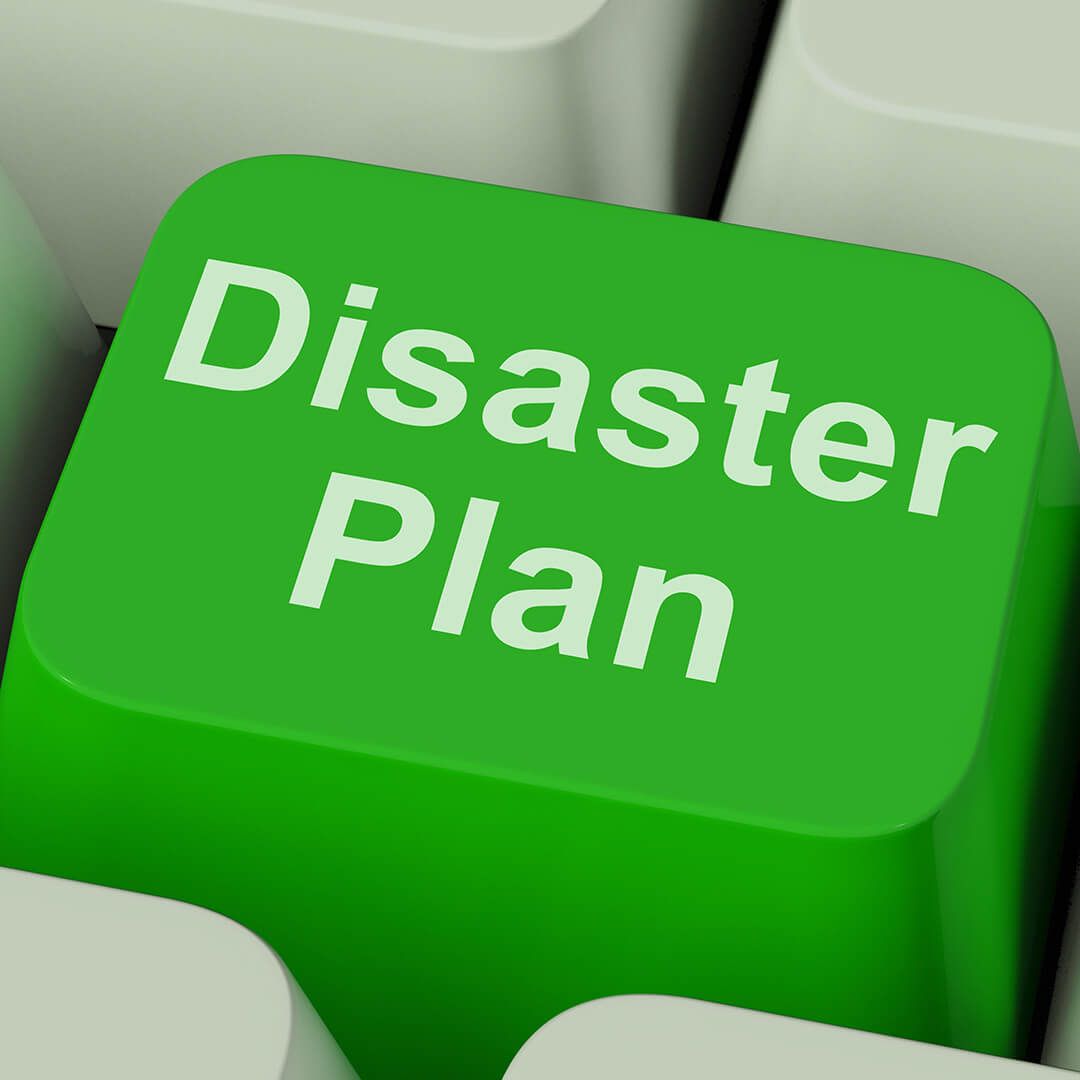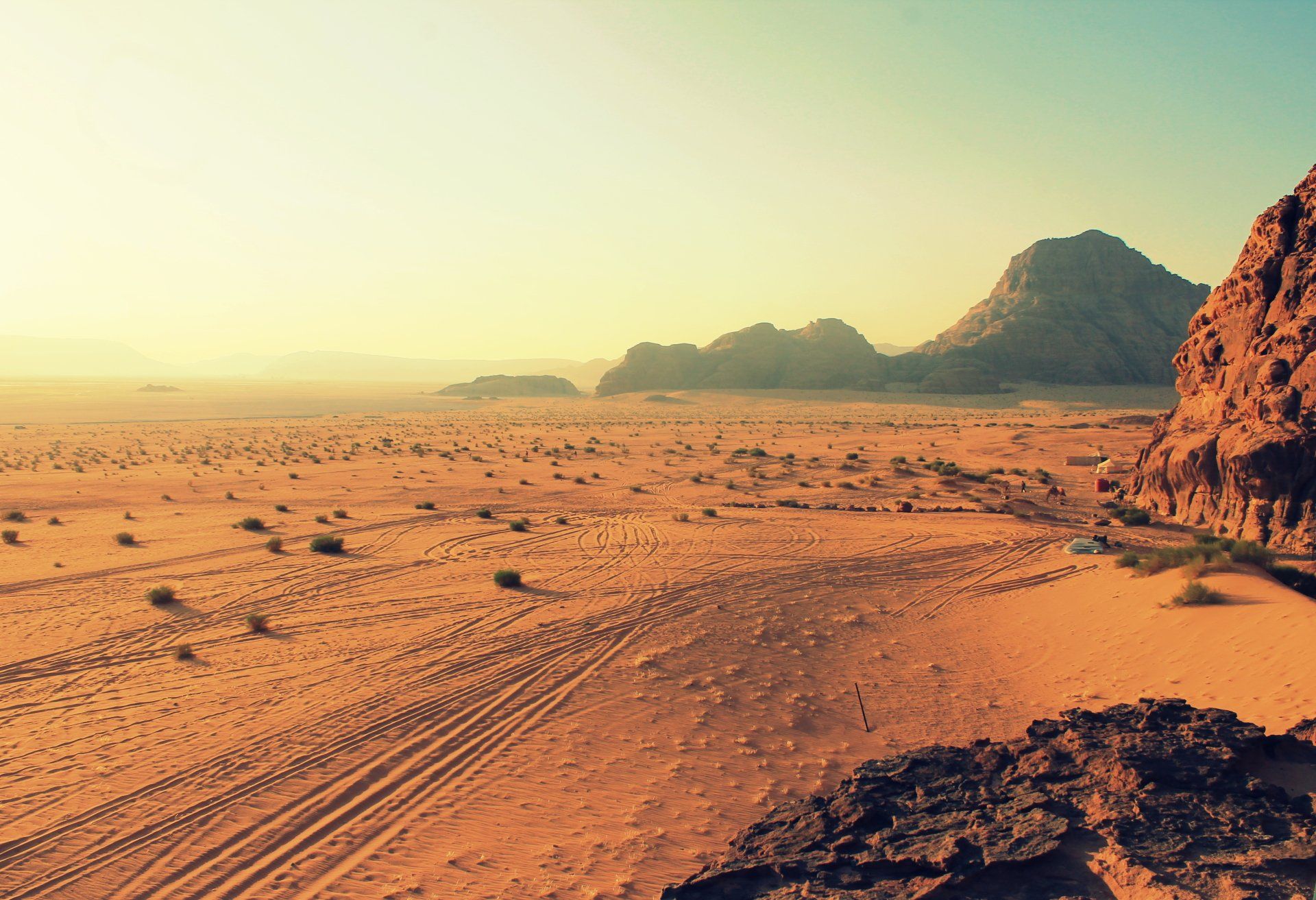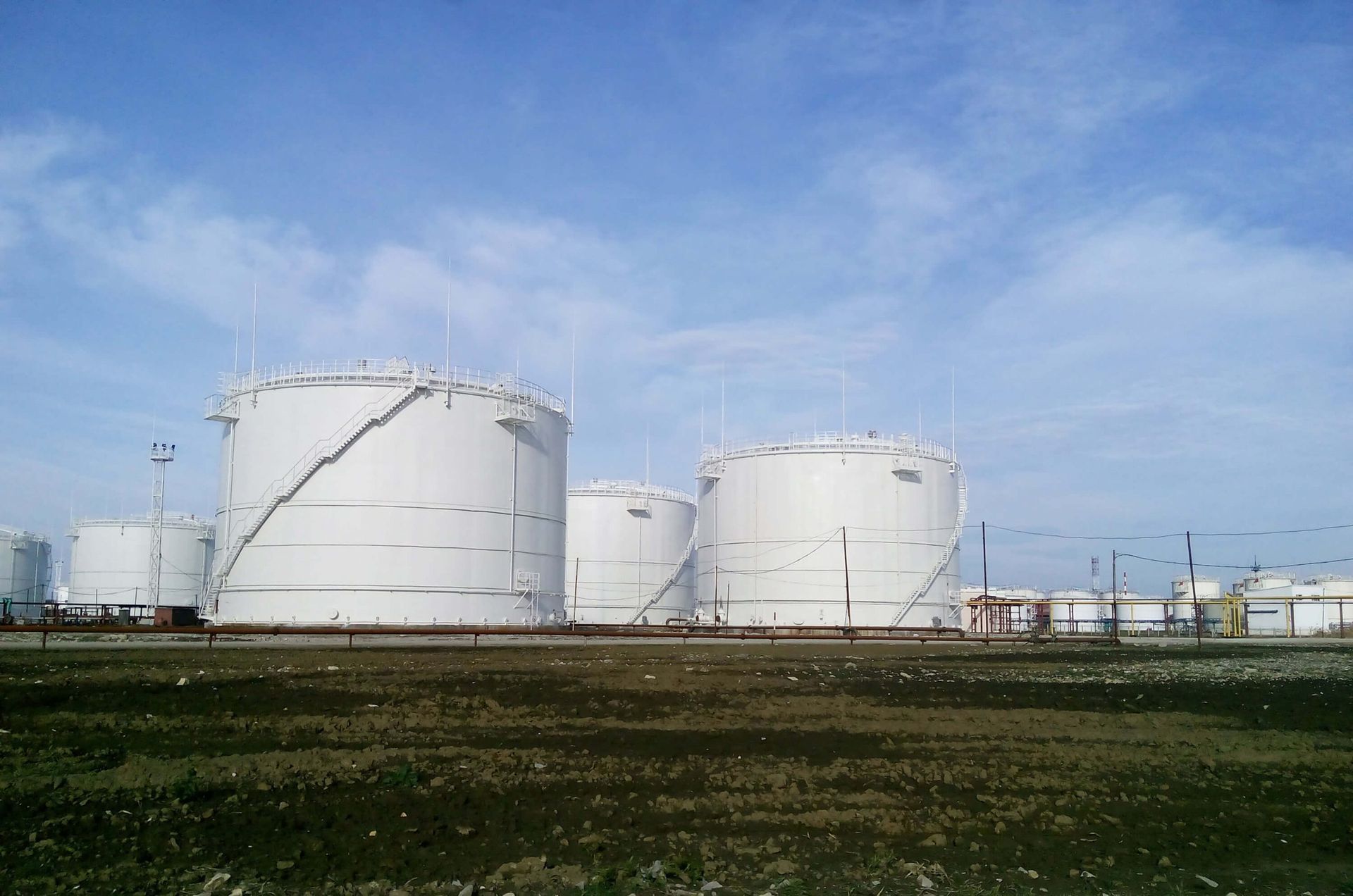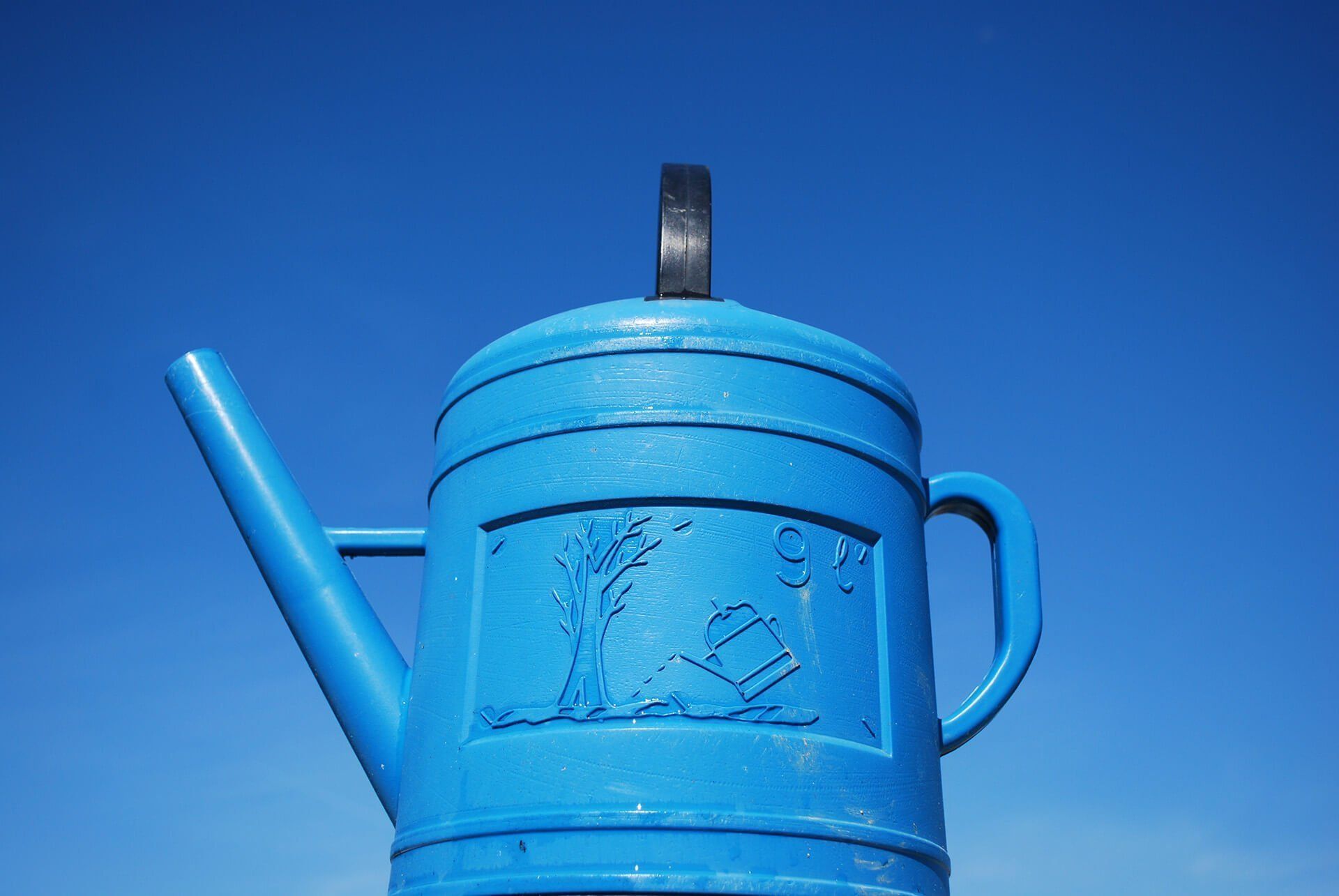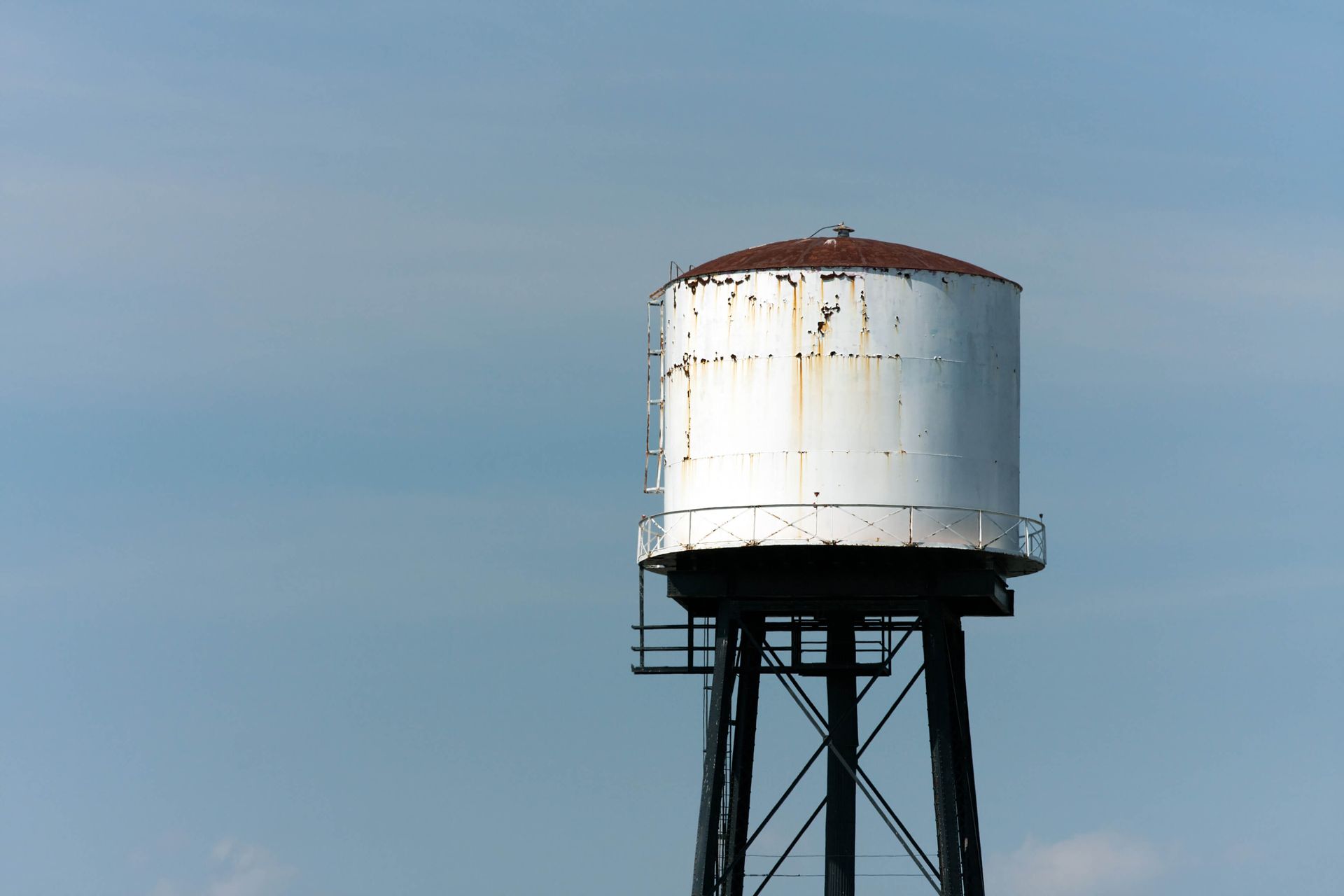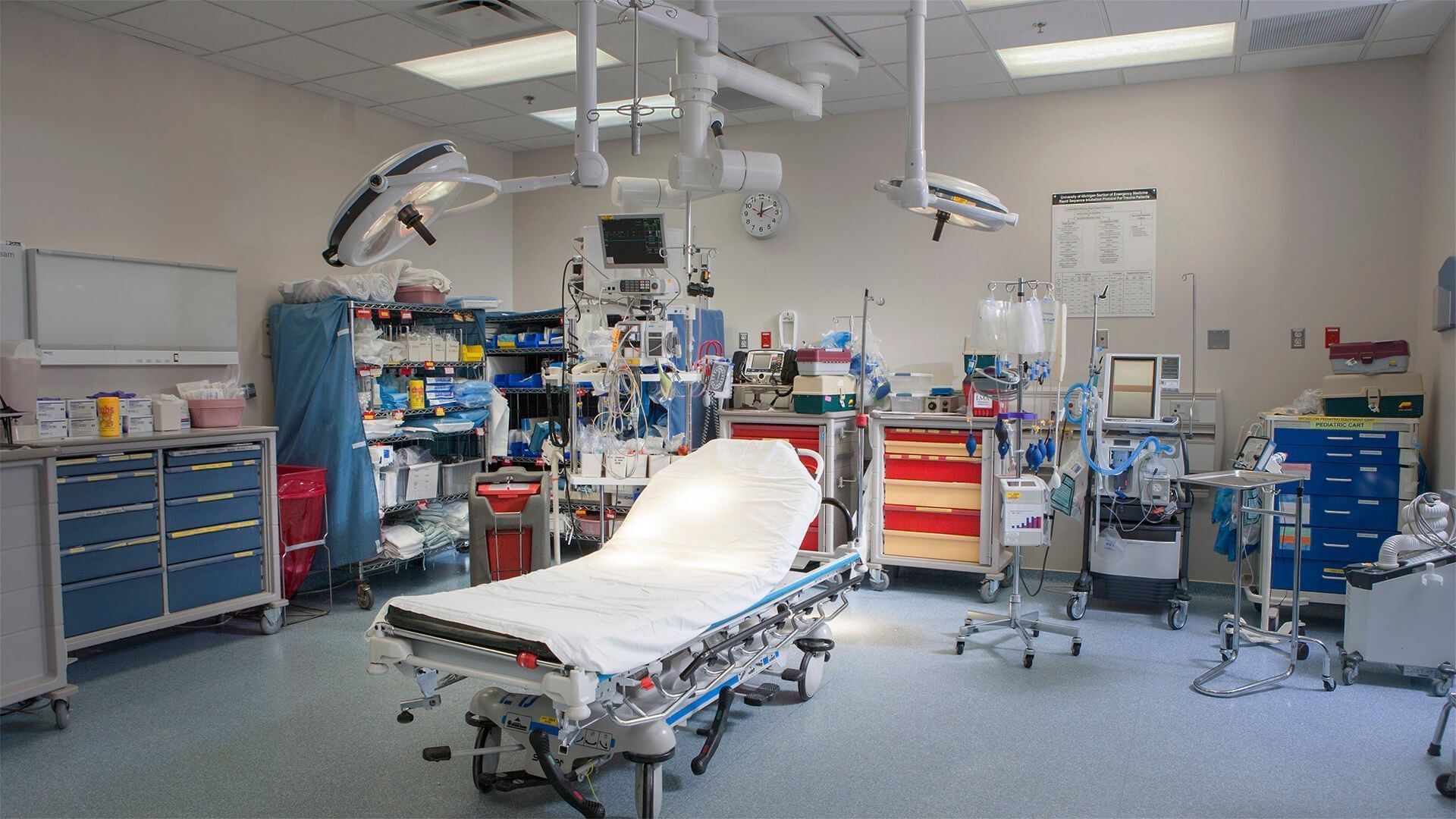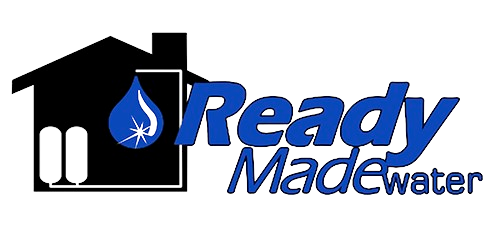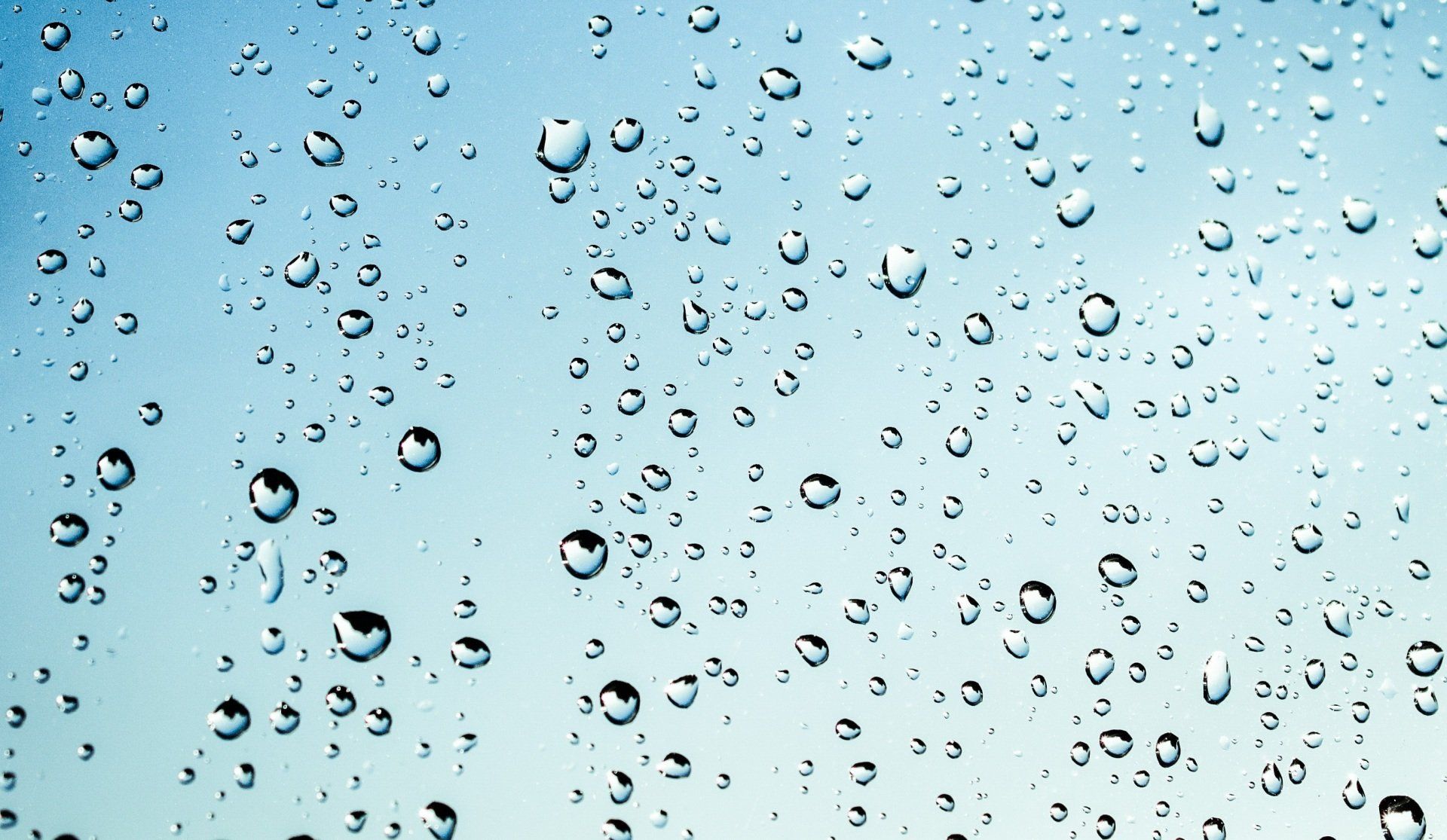Earthquakes in Utah: How Can You Prepare for Them?
Although it didn’t cause any widespread damage or injury, Utahns got a wake-up call when an earthquake of magnitude 2.6 hit near Saratoga Springs in 2019. This demanded them to see the bigger picture and get ready for a bigger quake.
The Utah Division of Emergency Management issued a statement according to which Utah experiences about 700 to 800 earthquakes per year. While most earthquakes aren’t big enough to cause destruction or even be felt, there is still a possibility of something darker ahead.
Why does Utah Need to Prepare for Earthquakes?
In the past, Utah has experienced damaging earthquakes that have caused a lot of destruction. What is even more worrying is that there is credible geologic evidence
indicating that earthquakes larger than the previously experienced ones are likely to hit the state in the future.
Already a seismically active region, many buildings, and lifelines of Utah also have low earthquake resistance. The fact that a major chunk of the state’s population is centered in areas that are of greatest hazard makes it important for every citizen to be prepared for earthquakes.
Read on as we discuss the different ways in which you can be prepared for the “Big One.“
Creating A Family Disaster Preparedness Plan
If there’s one thing about earthquakes, it’s the fact that it’s unpredictable. You don’t know when it can strike and it comes without any warning. You may either be confined to your home or you may have to urgently evacuate your neighborhood. Even basic amenities like water, food, electricity, and gas can all be cut off.
In such situations, it’s important for you and your family to know what to do. Planning in advance can and is always going to be beneficial for you.
Here are your three steps to safety when an earthquake strikes:
Step One: Create A Disaster Plan
The first step is usually to be aware of what can happen to you but since we are already talking about earthquake management that part is covered.
- Hold a family meeting and discuss the need for earthquake disaster management. If you have children, educate them about the dangers and potential risks. Finally, as a unit, make a plan in which everyone shares responsibilities and knows what to do.
- Pick two places where everyone should assemble. The first can be right outside your home while the second, in case of people not being home, should be a place outside the neighborhood.
- Talk to an out-of-state relative or friend where you can live briefly after the quake. Make sure everybody knows the contact phone number of the place where you plan on staying with your family.
- In case of an evacuation, discuss what would be the plan of action. Don’t forget to take into consideration your pets as well.
Step Two: Make Sure Every Item on this Checklist is “Checked“
To make things easier for you, we’ve compiled a checklist below:
- Create a list of emergency telephone numbers such as ambulance, police, fire, et cetera. Keep this list near the phone.
- Make sure that every family member knows how to turn off water, electricity, and gas at the main switches.
- Teach your children when and how to call 911 or the local emergency medical services.
- Keep copies of financial records, insurance policies, and other important documents in a secure location. You can also keep these documents in your household disaster kit. Check out whether you have adequate insurance coverage as well.
- Carry out a home hazard hunt, and on finding them, get it fixed. Try to fix the potential weaknesses of your building too.
- Assemble a disaster supplies kit.
- Have all the emergency supplies stocked in your home.
- Observe the framework of your home to determine the best escape routes. For every room, try to find out two safe routes.
- Find safe spots that can protect you from potential harm during the earthquake.
- Get enrolled in a CPR class and if you can, opt for a Red Cross first aid class as well.
Step Three: Keep Practicing and Updating Your Disaster Plan
- Every six months, keep quizzing your kids about their responsibilities so that they remember what to do.
- Conduct an emergency evacuation drill periodically.
- Get the food replaced every six months and the stored water every three months. This duration is only an estimate and is open to interpretation.
The 72-hour Disaster Supplies Kit for When Earthquake Strikes
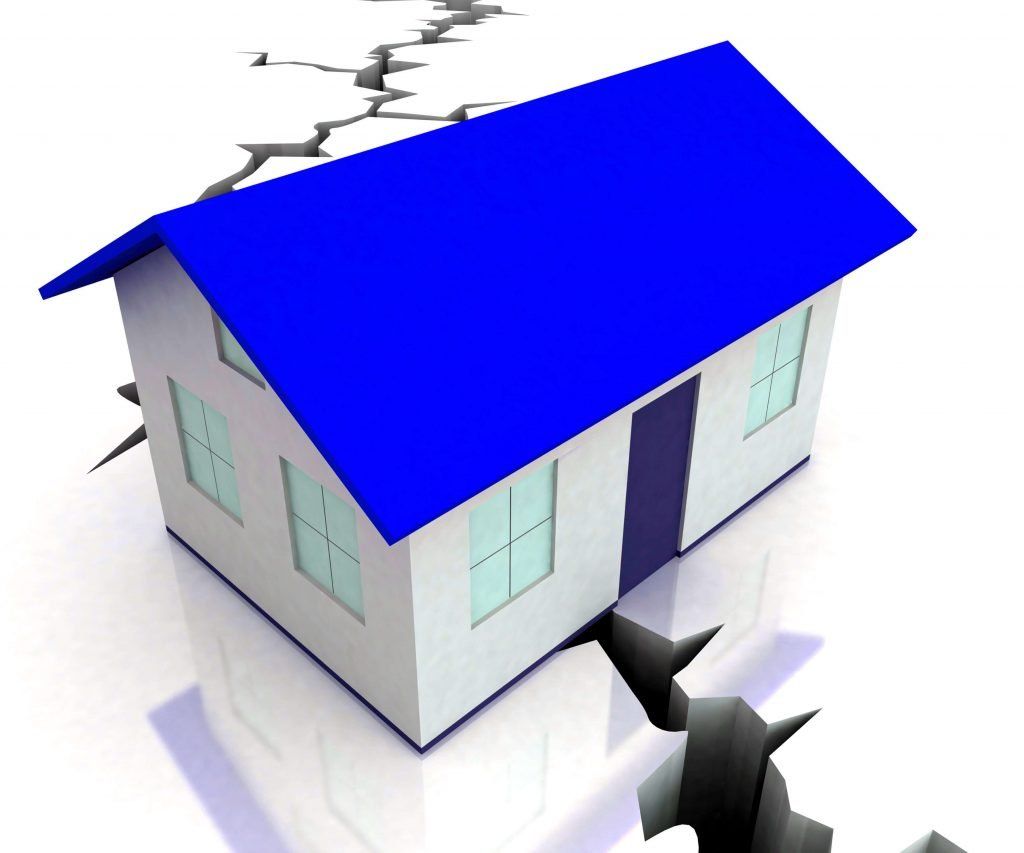
You may not have enough time to respond once the earthquake strikes. As a result of this, there might be a complete cut-off of water, electricity, food, and telephone which may go on for days even.
While there will be relief workers, local officials, and volunteers to help, but they may not be able to reach everyone instantly. So until help arrives, it would be wiser to have a disaster supplies kit ready.
Action for Emergency Food Availability
- Maintain a three-day food supply of non-perishable food. These food items should require no cooking, refrigeration, preparation, and minimum to no water usage. Also, try to store food items that are lightweight with compact packaging.
Here are food items that would be perfect in such cases:
- Ready-to-eat canned meats, vegetables, and fruits.
- Food items that can be a source of high energy like granola bars, peanut butter, crackers, jelly, and so on.
- Vitamins
- Staples such as sugar, pepper, and salt.
- Baby formula, food appropriate for older people, et cetera.
- Stock on comfort foods like sweetened cereals, hard candy, instant coffee, and cookies.
- Keep disposable utensils, knives, spoons, and a can opener ready as well.
Action for Emergency Water Storage
- You can store water in plastic containers that won’t easily decompose or break. Usually, a person needs at least 2 quarts of drinking water per day which can double in case of hotter environment or intense physical activity.
- Overall, you should have 1 gallon of water for every person in your family, per day. You should prepare to have a three-day supply accordingly. Remember, your pets come under this as well.
- If you are unsure about the purity of the stored water, get it treated before using it for preparing food, drinking, or cleaning.
Before you start using the water, let any dirt particles settle to the bottom. You can also strain the water through layers of cloth or paper towels.
A good way of treating the water could be to either boil it for 10 to 15 minutes or, adding 6 to 10 drops of bleach per gallon of water. You should use the latter option sparingly as more bleach can make you ill.
- You can get a water storage system installed in your home. Nowadays, there are also self-rotating water storage systems available in the market.
Action for First Aid Availability
You should prepare two first aid kits: one for your home and one for your car. There are many additions that a first aid kit should include but, we’re mostly focusing on the main things.
- Thermometer
- Sterile adhesive bandages in different sizes
- Antiseptic soap and solution
- Antibiotic ointment
- Hypo-allergenic adhesive tape
- Sterile gauze pad – 2-inch and 4-inch.
- EpiPen
- Scissors and tweezers
- Triangular bandages and sterile roller bandages
- Latex gloves
- Tongue depressors
- Rubbing alcohol
- Insect repellent
- Wet wipes
- Sewing needles or sewing kit
- Sunscreen
- Caladryl or generic equivalent
- Prescription medication
- Cotton balls
- Splinting material
- Vaseline or any other lubricant
- Non-prescription medication like aspirin, anti-diarrhea medication, laxative, and antacid.
Many injuries do not require immediate medical attention due to its minor nature. It can be really helpful to know how to treat minor injuries, especially during an earthquake emergency. We recommend you take a first aid class to prevent bleeding or infection efficiently.
Start Preparing Your Kit
- Buy and assemble all the supplies included above and make sure you have supplies for pets, entertainment, documents, clothing, and bedding.
- Place the disaster supplies kit in a place you think would be the safest option or in a container. You can have either a duffle bag, a large, cover trash container, or even a camping backpack for your kit.
Basically, when the earthquake hits, you should have supplies of six categories prepared: water, food, first aid, clothing and bedding, tools, and other items that you may need.
The Day When the Earthquake Strikes
Now that you have prepared yourself for an earthquake, you should also know what to do when there is an earthquake.
Always protect yourself during an earthquake. Look for a cover under a desk or table or just drop to the floor against an interior wall and protect your head and neck with your arms. Teach the same technique to your children.
After the earthquake, check for any injuries and damage and then you are finally safe, continue to follow your disaster preparedness plan.

